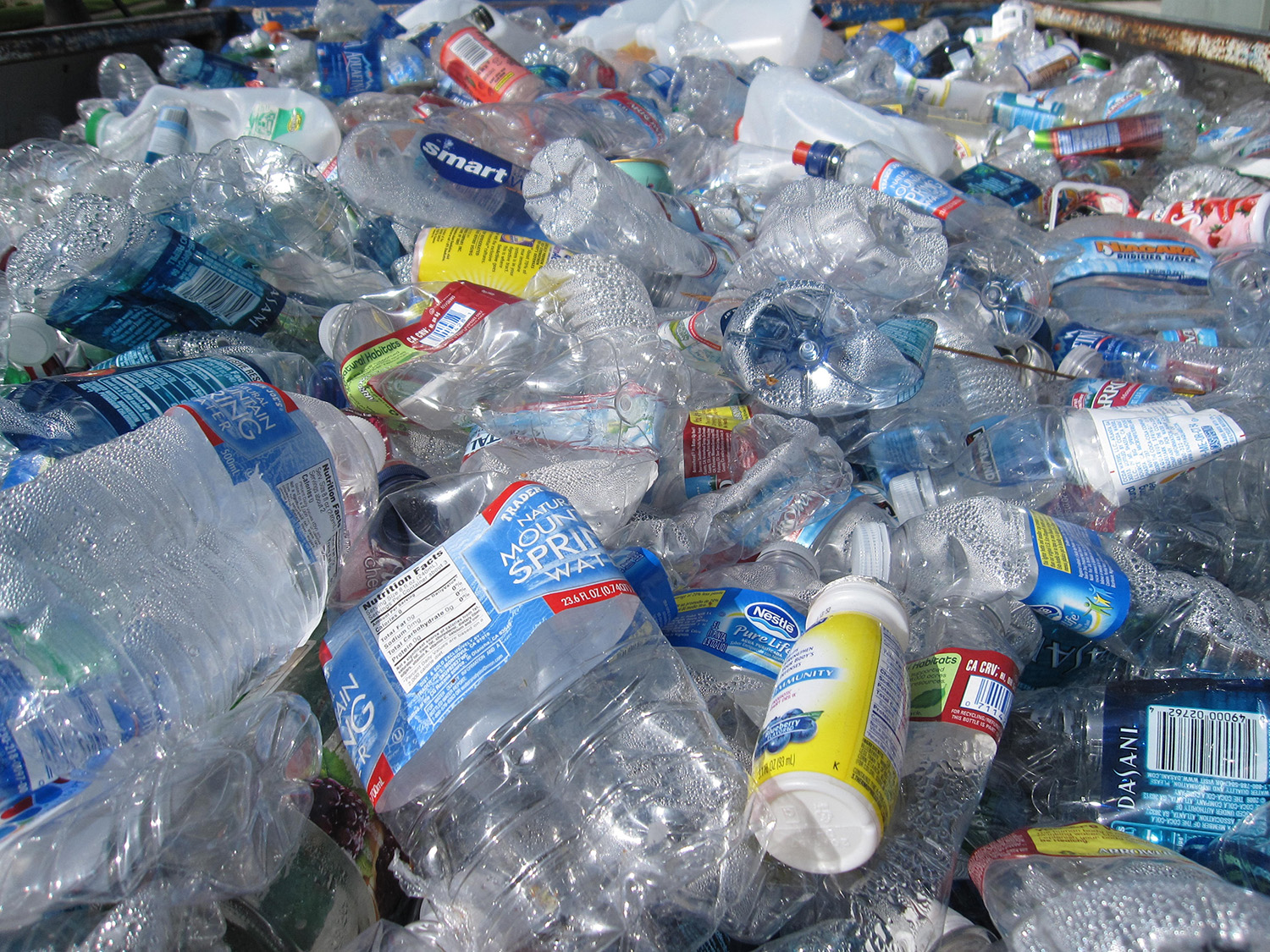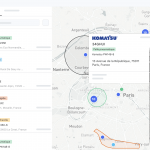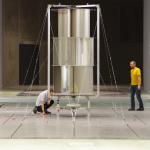A sorting algorithm to improve plastic recycling
Producing high-quality raw materials from waste is contingent on effective sorting. Plastics from waste electrical and electronic equipment (WEEE) are no exception. To help solve this problem, researchers at IMT Mines Alès have developed a selective automation algorithm designed for these plastics. It can be integrated in new industrial-scale sorting machines.
How will your coffee maker be reincarnated after it dies? This electrical appliance composed primarily of plastic, metal and glass falls into the category of waste electrical and electronic equipment (WEEE). Your smartphone and washing machine are also included in this category. After it is thrown away, the coffee maker will find itself drowning in what amounts to over 750,000 tons of WEEE collected every year in France, before it is recovered by a specialized recycling center. There, it is dismantled, crushed and separated from its ferrous and non-ferrous metals, such as copper or aluminum, until all that’s left of the machine is a heap of plastic. Plastic is the second-largest component of WEEE after steel, so recycling it is a major concern.
And successful recycling starts with effective sorting. 20% of plastic materials are recovered through flotation after being placed in a tank filled with water. But how are the remaining 80% be processed? “Samples measuring 1 cm² are placed on a converyor belt equipped with an infrared camera at the end, which scans the material and determines what type of plastic it’s made of,” says Didier Perrin, a physical chemist at IMT Mines Alès. The radiation excites the atomic bonds of the molecules and creates a spectral signature that characterizes the plastic to be identified. A technique using a near infrared source (NIRS) is especially rapid but cannot be used to identify dark plastics, which absorb the radiation. But black plastic, which holds up over time better than colored plastic, represents nearly 50 % of the waste. “Accurate and effective identification of the material is therefore crucial to generate high-quality raw material to be recycled, combining purity and mechanical performance,” adds the researcher. However, this method does not always make it possible to determine the exact type of plastic contained within a sample.
An automated sorting algorithm
Researchers at IMT Mines Alès have therefore developed an automated method for sorting plastic by working with SUEZ and Pellenc ST, a company that develops smart, connected sorting machines. The focus of their collaboration was on establishing a classification of the plastics contained in WEEE. The researchers generated a database in which each plastic has its own clearly-defined spectral identity. WEEE were therefore divided into four major families: ABS (acrylonitrile butadiene styrene), a polymer commonly used in industry which represents 50 to 60% of plastic waste (cases, covers, etc.); HIPS (high-impact polystyrene), which are similar to ABS but less expensive and with lower mechanical performance (refrigerator racks, cups); polypropylene (material which is more ductile than ABS and HIPS (soft covers for food containers, cups)); and what is referred to as ‘crystal’ polystyrene (refrigerator interior, clear organic glass).
Their first step was to better recognize the plastics to be sorted. “We used a supervised learning method on the data measured in the laboratory and then analyzed the same samples in industrial conditions,” explains PhD student Lucie Jacquin. Nevertheless, it is not always easy to characterize the type of plastic contained in waste. First of all, plastic degrades over time, which modifies its properties and makes it difficult to identify. And second, industrial conditions — with 3,000 kg of waste analyzed per hour — often result in incomplete spectral measurements.
Beyond the uncertainties of the measurements, the most traditional sorting methods also have their flaws. For example, they are based on probabilistic classification algorithms, which are used to determine how similar a sample is to those in a reference database. Except that these algorithms do not distinguish between equiprobability and ignorance. In the event of equiprobability, the spectrum of a sample is 50% similar to the spectrum of plastic A and 50% similar to that of plastic B. In the event of ignorance, even though the spectrum of a sample is not similar to any element within the database, the algorithm gives the same result as in the event of equiprobability (50% A and 50% B). So how can it be determined whether the information provided by the algorithm reflects uncertainty or ignorance? The researchers’ aim is therefore to better manage uncertainty in measurements in real conditions.
Understanding the material to recycle it better
“We approached this problem using modern uncertainty theories, which allow us to better represent uncertainty in the classification of a sample, based on the uncertainty in its spectrum obtained in real conditions. Belief functions can distinguish between equiprobability and ignorance, for example,” explains computer science researcher Abdelhak Imoussaten. The algorithm attempts to determine the class of plastic to which a sample belongs. When there is a doubt, it determines the set of classes of plastic to which it may belong and eliminates the others. For example, we can be sure that a sample is either ABS or HIPS, but definitely not polypropylene. “In this way, we use ‘cautious’ machine learning to control what the machine will send to the sorting bins,” adds Abdelhak Imoussaten. Since that’s the real goal: determining to which sorting bin these small bits of plastic will be sent in an automated way.
“Each category of plastic accepts a certain quantity of other plastics without affecting the matrix of the recycled material,” says Didier Perrin. In practice, this means that it is possible to send a plastic to a sorting bin with some certainty, even if the exact type of plastic is unclear (A or B but not C). While completing his PhD at IMT Mines Alès under the supervision of Didier Perrin, Charles Signoret studied all the possible mixtures of the various plastics and their compatibility. For example, ABS may only contain 1% polypropylene in its structure in order to maintain its mechanical properties, but it may contain up to 8% HIPS.
While the presence of impurities is inevitable in recycling, the researchers consider a sorting method to be effective when it results in materials with 5% impurities or less. One thing is certain: the collaborative work of the researchers, SUEZ and Pellenc ST has proved to be effective in terms of sorting quality. It has already resulted in a demonstration machine which will subsequently be implemented in the production of new sorting machines.
Improving the effectiveness of sorting systems is crucial to the economic viability of the recycling industry. The ADEME estimates that 1.88 million tons of household appliances are brought to the market every year in France. These products will eventually have to be sorted in order to provide high-quality material to produce future equipment for this ever-growing market. “Our goal is also to ensure that the term ‘recycled,’ when referring to plastics, does not mean low-quality, as has already been achieved with glass and steel, two recycled materials whose quality is no longer questioned,” concludes Didier Perrin.
Article written in French by Anaïs Culot for I’MTech




Leave a Reply
Want to join the discussion?Feel free to contribute!